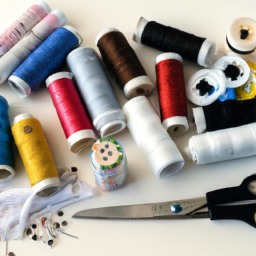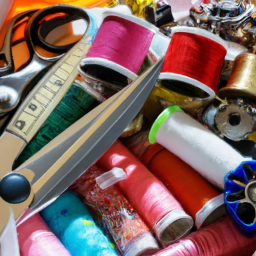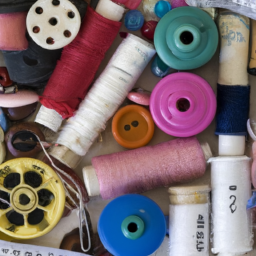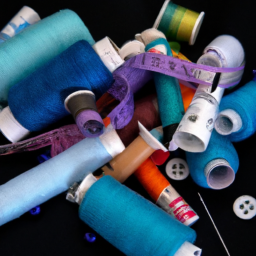

Sewing machines being manufactured in a factory
The Global Sewing Machine Industry
The sewing machine has revolutionized the way we stitch fabrics, boosting productivity and allowing greater precision in garment production. Throughout history, sewing machines have been manufactured in various countries around the world.
Traditional Sewing Machine Manufacturing Countries
The birthplace of the modern sewing machine is the United States, where, in the 19th century, inventors such as Elias Howe, Isaac Singer, and Allen Wilson developed and patented the first sewing machines. Consequently, the US dominated the industry for several decades.
Today, though, sewing machine manufacturing is no longer limited to just one or two countries. While countries like the US, Germany, and Japan have long-established sewing machine industries and are still major players, newer manufacturing hubs have emerged in various parts of the world.
New Manufacturing Hubs
China has emerged as one of the largest producers and exporters of sewing machines. The country benefits from lower production costs and has attracted investments from leading sewing machine manufacturers worldwide. Sewing machine production in China caters to both domestic demand and international markets.

A modern sewing machine factory in China
Other Asian countries like Taiwan and South Korea also have thriving sewing machine manufacturing industries. These countries have developed advanced technologies and are known for producing high-quality machines.
In Europe, countries such as Germany, Italy, and Switzerland have a strong tradition of sewing machine manufacturing. German brands like PFAFF and Bernina are renowned for their precision and durability.
Specialized Production
While the global production of sewing machines is distributed across various countries, each nation tends to specialize in particular types or brands of machines. For instance, Japan is known for its high-quality industrial sewing machines, while Switzerland is famous for its specialized embroidery machines.
Final Thoughts
Sewing machine manufacturing is now a global industry with production facilities spread across different countries. Factors such as production costs, technological advancements, and brand specialization influence where sewing machines are made. As a result, the market is diverse, offering consumers a wide array of options to choose from.




